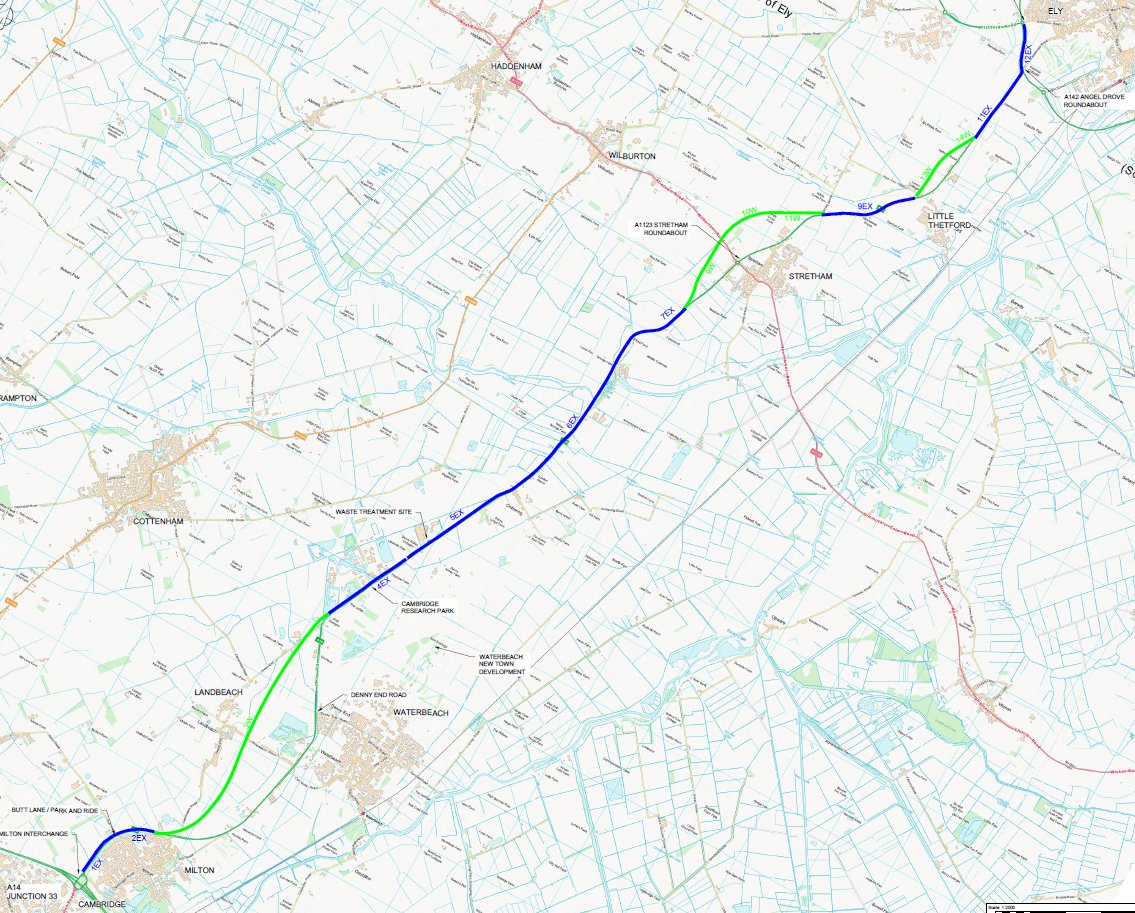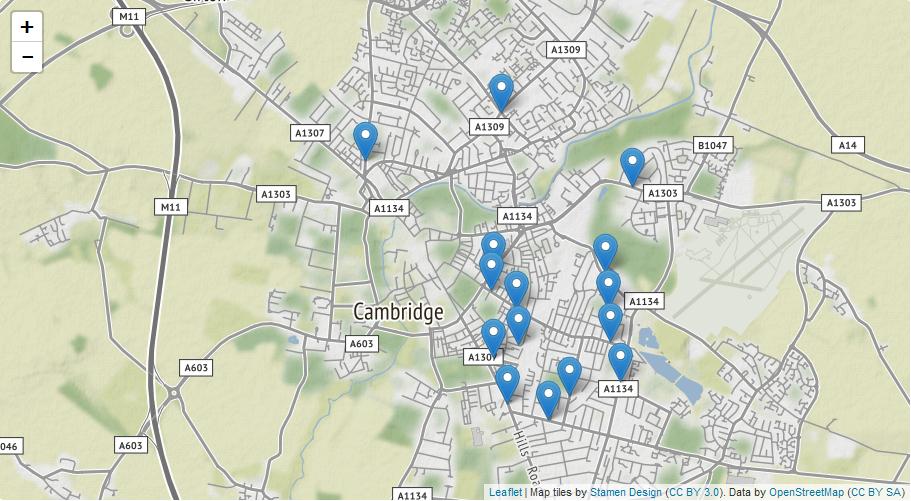
RETIRED grassroots, voluntary campaign group & think tank advancing a modern vision for sustainable, integrated and equitable transport in the Cambridge region.
How to get URL link on X (Twitter) App










 The sensors have been in place since 3 June. Mill Road bridge was closed from Monday 1 July. School term ended on 24 July. So, we’ve totalled daily counts of car and cycle traffic, and averaged over three periods: 23–30 June, 1–24 July and 25– July. Now for the graphs …
The sensors have been in place since 3 June. Mill Road bridge was closed from Monday 1 July. School term ended on 24 July. So, we’ve totalled daily counts of car and cycle traffic, and averaged over three periods: 23–30 June, 1–24 July and 25– July. Now for the graphs …